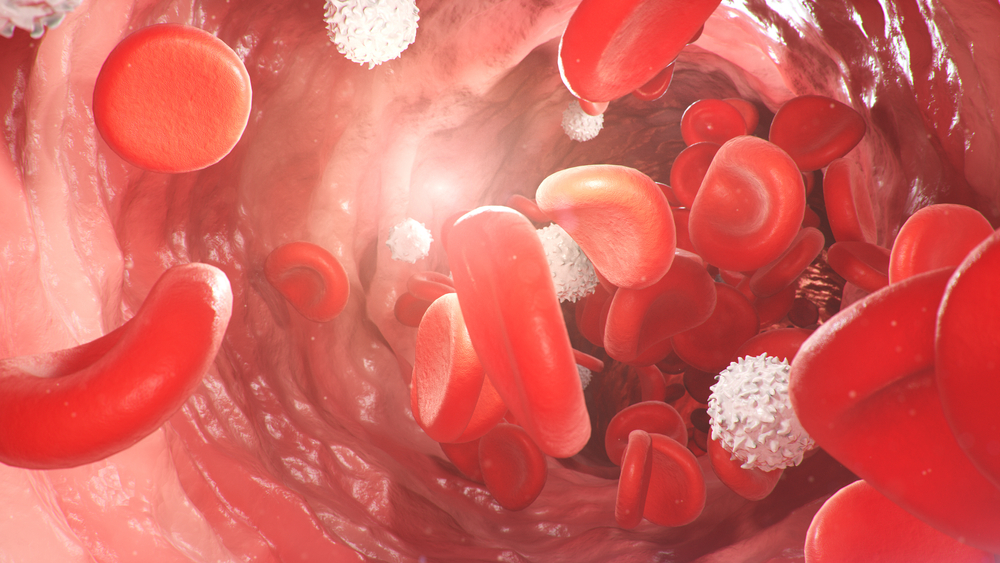
What is being tested?
This test measures the amount of haemoglobin (a protein found in red blood cells) in your blood and is a good indication of your blood's ability to carry oxygen throughout your body. Haemoglobin carries oxygen to cells from the lungs. If your haemoglobin levels are low, you have anaemia, a condition in which your body is not getting enough oxygen, causing fatigue and weakness.
How is it used?
The test is used to:
When is it requested?
Haemoglobin measurement is part of the full blood count (FBC) (which is requested for many different reasons) and before operations when a blood transfusion is anticipated. The test is also repeated in patients who have ongoing bleeding problems.
What does the result mean?
Normal values in an adult male are approximately 135 to 175 grams per litre, and an adult female, 115 to 165 grams per litre of blood but are influenced by the age, sex and ethnic origin of the person. Above-normal haemoglobin levels may be the result of:
Below-normal haemoglobin levels may be the result of:
Is there anything else I should know?
Haemoglobin decreases slightly during normal pregnancy.
Haemoglobin levels peak around 8 a.m. and are lowest around 8 p.m. each day.
eavy smokers have higher haemoglobin levels than non-smokers.
Living in high altitudes increases haemoglobin values. This is your body's response to the decreased oxygen available at these heights.
Haemoglobin levels are slightly lower in older men and women and in children.
Common questions
No, except that dehydration can temporarily increase haemoglobin levels.
Treatment depends upon the cause. Some types of anaemia are treated with iron, folic acid or vitamin B12 or B6 supplements.
Women of childbearing age may have temporary decreases during menstrual periods and pregnancy.
Some warning signs are fatigue, fainting, pallor (loss of normal skin colour) and shortness of breath.
A healthy diet containing vegetables and foods high in iron can be beneficial.
Pathology Tests Explained (PTEx) is a not-for profit group managed by a consortium of Australasian medical and scientific organisations.
With up-to-date, evidence-based information about pathology tests it is a leading trusted sources for consumers.
Information is prepared and reviewed by practising pathologists and scientists and is entirely free of any commercial influence.